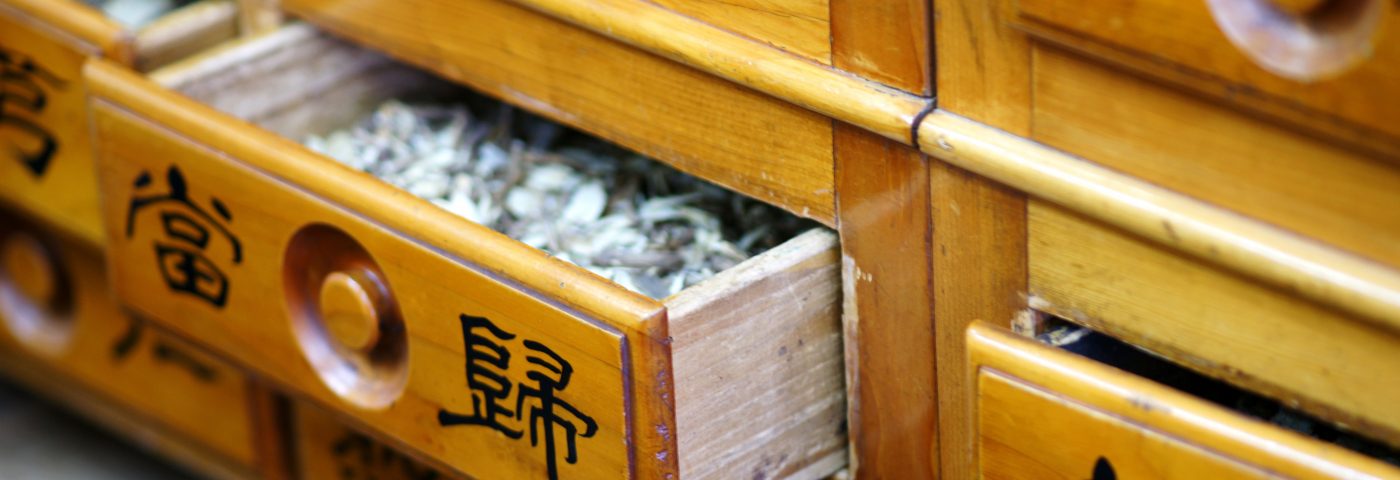An extract from the fern Pteris multifida, used in traditional Chinese medicine, was seen to have beneficial effects on prostate growth in a mouse model of benign prostatic hyperplasia (BPH).
The study, “Chemical characterization, anti-benign prostatic hyperplasia effect and subchronic toxicity study of total flavonoid extract of Pteris multifida,” was published in the journal Food and Chemical Toxicology. The researchers also performed an extensive toxicology study, showing that doses that lowered prostate growth were safe after a prolonged treatment period.
The fern Pteris multifida has been used in traditional Chinese medicine for a variety of illnesses. In recent years, studies have suggested that a decoction of the plant can improve BPH symptoms to a similar extent as finasteride (sold as brand names Proscar and Propecia).
Researchers at Soochow University isolated active compounds from the plant. Among them, they identified a number that could prevent the growth of rat prostate cells. Previous research has suggested that it is mainly a group of substances called flavonoids.
A mix of 10 flavonoids was given to a mouse model of BPH. Researchers tried doses ranging from 20 mg/kg to 180 mg/kg. While the lowest dose did not trigger any changes after a treatment period of 60 days, the highest dose lowered the weight and volume of the animals’ prostates.
Microscopic analysis of the prostate tissue showed that the cells in the highest dose group did not differ significantly from that of control animals.
To determine how the plant extract could mediate the changes, the research team analyzed levels of factors known to be involved in prostate enlargement. BPH animals had increased levels of the factors VEGF and bFGF, and lower levels of TGF-beta1. The highest dose normalized the levels of VEGF and TGF-beta1 (growth factors), and although there was a tendency for normalization also for bFGF, the result was not statistically significant.
In addition, the team tested even higher doses to evaluate possible toxicity of the treatment. While a dose of 200 mg/kg was well-tolerated by rats treated for 90 days, a 600 mg/kg dose made the rats move more than normal, and because the dose did not improve BPH symptoms, researchers stopped experiments after 60 days.
Blood analyses showed the lower doses did not impact blood cell counts or serum ion levels, while the 600 mg dose did. The treatment did not affect any other organs. “The results revealed that PME exhibited anti-BPH potential, partly by mediating the concentration of growth factors. These findings gave some insights into quality control and potential applications of the herbal extract in treatments of BPH,” the authors concluded.

